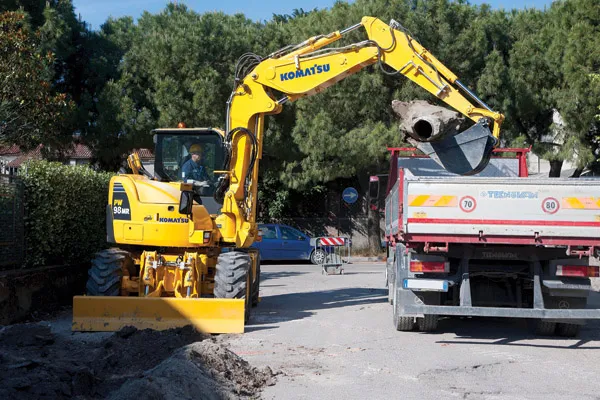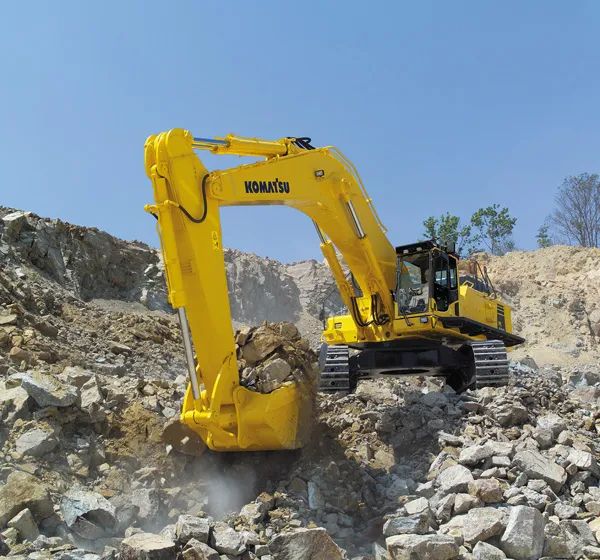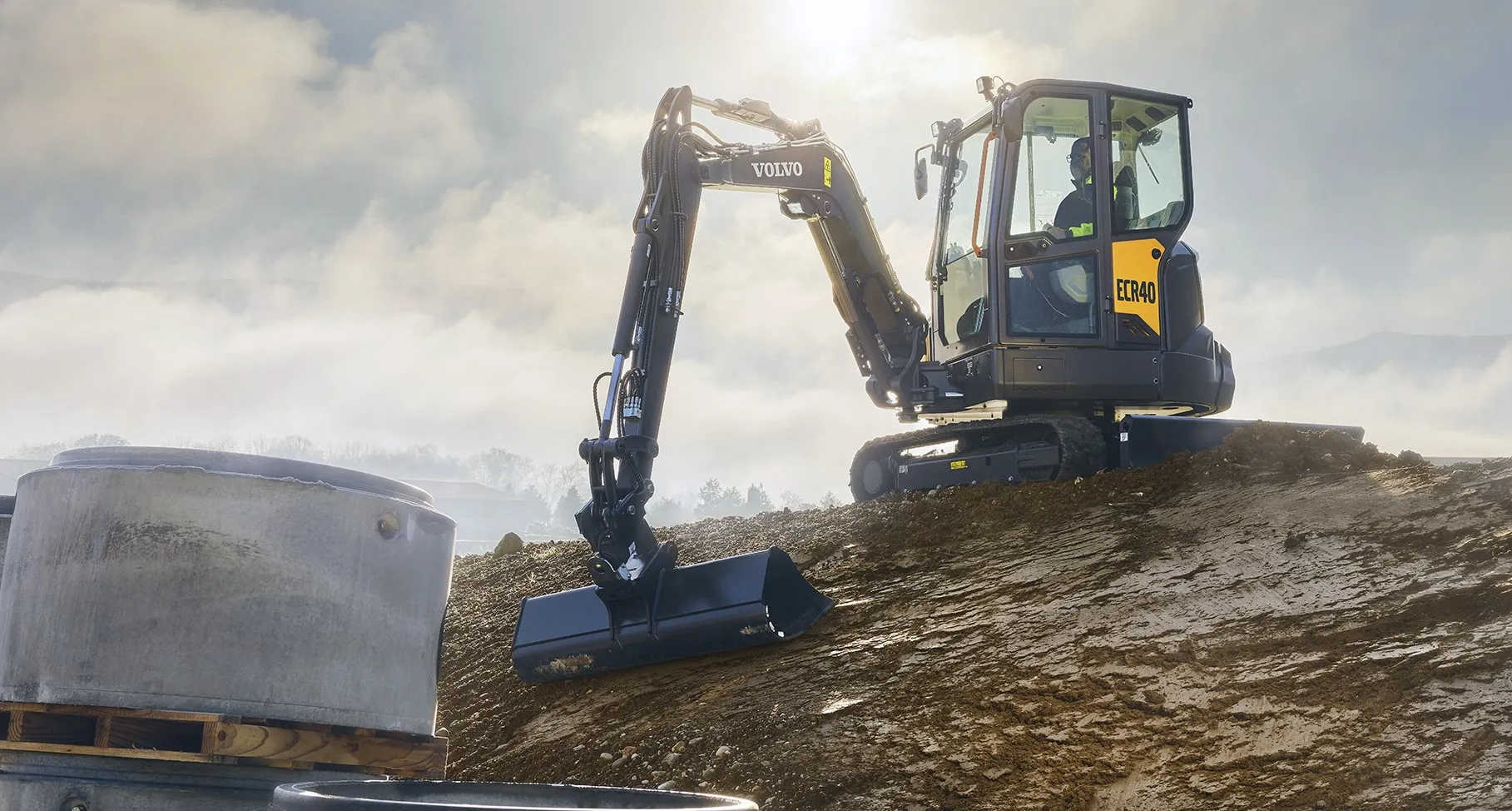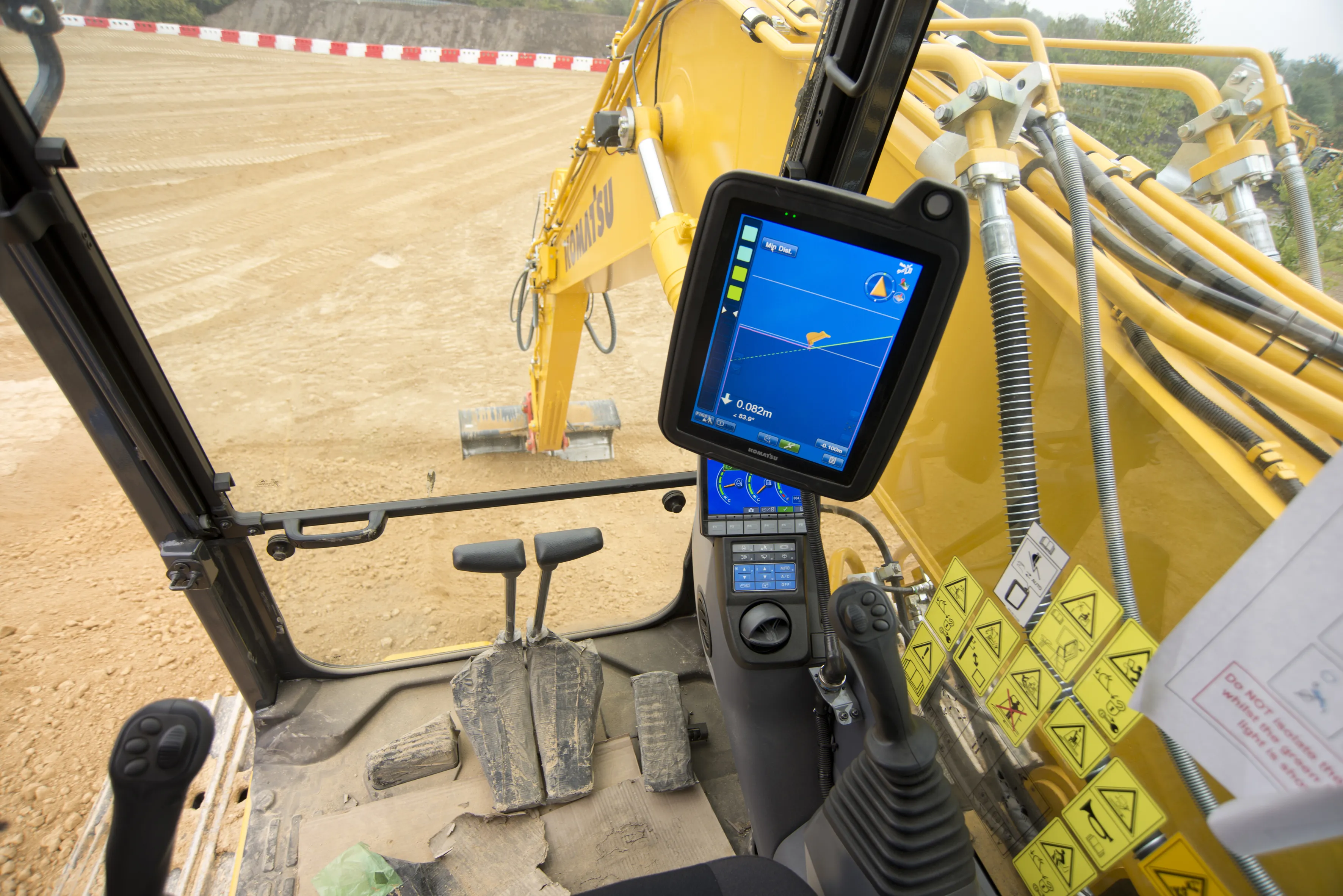A new high performance machine from Komatsu offers short tailswing capabilities on a compact wheeled excavator chassis Komatsu Europe International says that its PW98MR-8 midi excavator is currently the only short-tail machine in its class
February 16, 2012
Read time: 2 mins

A new high performance machine from 2300 Komatsu offers short tailswing capabilities on a compact wheeled excavator chassis
262 Komatsu Europe International says that its PW98MR-8 midi excavator is currently the only short-tail machine in its class
Built by Komatsu Utility Europe in Italy, this new excavator has a 51kW engine and weighs in at 9.8tonnes. The PW98MR-8 is equipped with five different working modes to optimise digging performance, while the electronically controlled commonrail multi stage injection helps reduce fuel consumption and CO2 emissions. The hydraulic closed centre load sensing system (CLSS) provides power, speed and good control. The machine can be customised with different boom lengths, with blade and outriggers, and with several auxiliary circuits for a wide range of attachments
Versatile and mobile, the machine can work in confined areas but despite its compact design, the PW98MR-8 features good lifting capacity. Its standard rear counterweight is integrated into the tail of the machine, protecting the rear from impact and damage
The sliding door allows easy entry and exit to and from the cab, which has pressure proportional control (PPC) levers. Using the colour monitor, the operator can control all the main functions of the excavator. For improved mobility, the PW98MR-8 has three standard steering modes, while a safety system prevents operator misuse. The PW98MR-8 is also equipped with the latest version of KOMTRAX, Komatsu's exclusive wireless monitoring system
Machine data, including location, performance, fuel consumption and maintenance requirements, is easily accessible over the internet
Built by Komatsu Utility Europe in Italy, this new excavator has a 51kW engine and weighs in at 9.8tonnes. The PW98MR-8 is equipped with five different working modes to optimise digging performance, while the electronically controlled commonrail multi stage injection helps reduce fuel consumption and CO2 emissions. The hydraulic closed centre load sensing system (CLSS) provides power, speed and good control. The machine can be customised with different boom lengths, with blade and outriggers, and with several auxiliary circuits for a wide range of attachments
Versatile and mobile, the machine can work in confined areas but despite its compact design, the PW98MR-8 features good lifting capacity. Its standard rear counterweight is integrated into the tail of the machine, protecting the rear from impact and damage
The sliding door allows easy entry and exit to and from the cab, which has pressure proportional control (PPC) levers. Using the colour monitor, the operator can control all the main functions of the excavator. For improved mobility, the PW98MR-8 has three standard steering modes, while a safety system prevents operator misuse. The PW98MR-8 is also equipped with the latest version of KOMTRAX, Komatsu's exclusive wireless monitoring system
Machine data, including location, performance, fuel consumption and maintenance requirements, is easily accessible over the internet









